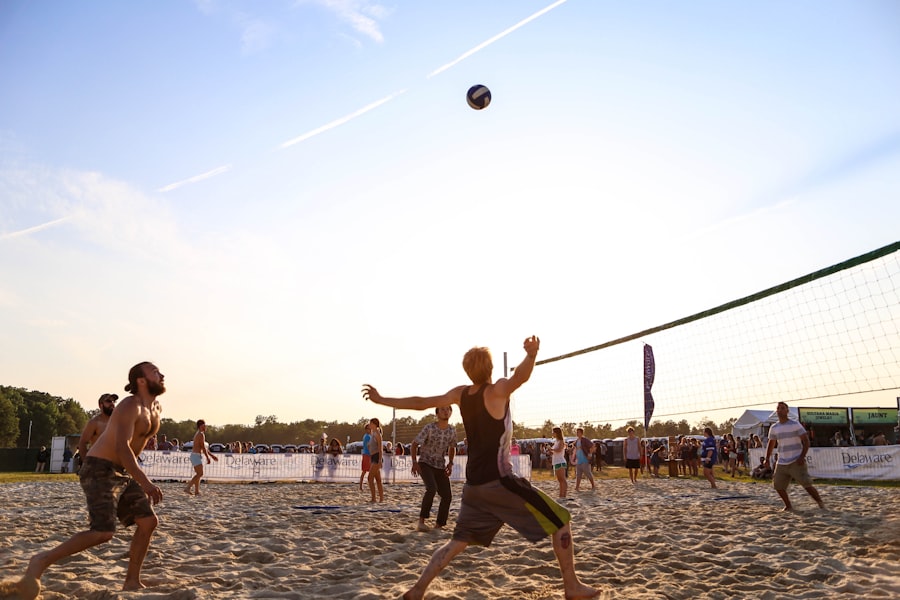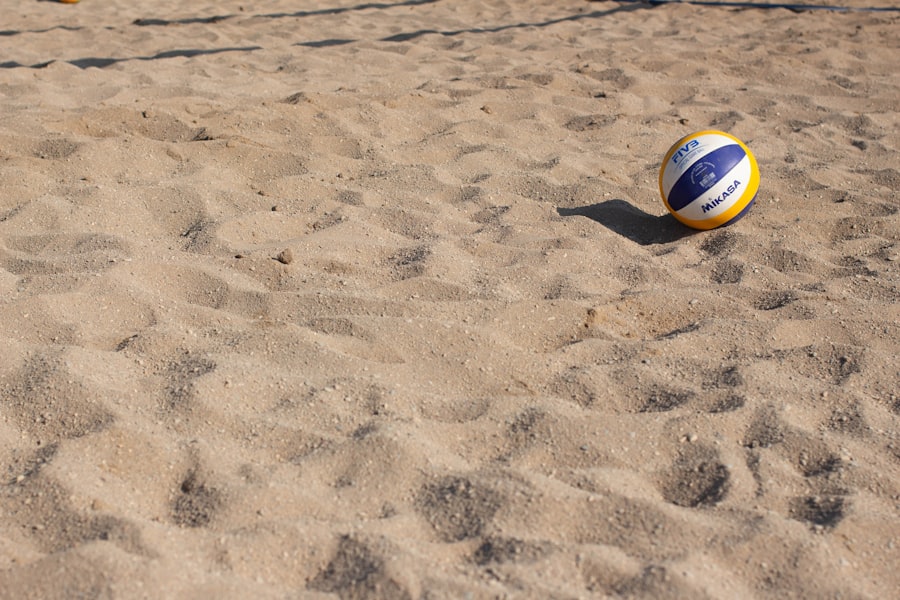Mastering the Art of Volleyball: Tips for Success
Description
The serve is often regarded as one of the most critical skills in volleyball, serving as the initial point of attack and setting the tone for the rally. A well-executed serve can put immediate pressure on the opposing team, forcing them into a defensive posture right from the outset. To perfect the serve, players must focus on various techniques, including the underhand serve, overhand serve, and jump serve.
Each type of serve has its unique advantages and requires specific mechanics to execute effectively. For instance, the jump serve, which involves a player jumping and hitting the ball at its peak, can generate significant power and spin, making it difficult for opponents to receive. Practicing serves in isolation is essential for developing consistency and accuracy.
Players should dedicate time to serving drills that emphasize targeting specific areas of the court, such as the corners or zones that are typically weak for the opposing team. Additionally, incorporating game-like scenarios during practice can help players adapt their serving strategies based on the situation. For example, serving to a player who has just entered the game can exploit their lack of rhythm and confidence.
By mastering various serving techniques and understanding when to deploy them, players can significantly enhance their overall performance and contribute to their team’s success.
Key Takeaways
- Perfecting the serve is crucial for a successful volleyball game, as it sets the tone for the entire match.
- Improving passing and setting techniques is essential for maintaining control and setting up successful attacks.
- Mastering the attack, hitting, and spiking techniques is key to scoring points and putting pressure on the opposing team.
- Enhancing defensive skills such as digging and blocking is important for preventing the other team from scoring.
- Understanding the importance of footwork and positioning is crucial for being in the right place at the right time to make plays and support teammates.
Improving Passing and Setting Techniques
Mastering the Pass
To improve passing, players must concentrate on body positioning, hand placement, and footwork. The platform created by the forearms should be stable and angled correctly to direct the ball toward the setter. Practicing with a partner or against a wall can help players refine their passing mechanics, ensuring they can handle different types of serves and attacks.
The Art of Setting
Setting requires a combination of technical skill and court awareness. A setter must not only deliver accurate sets but also read the game effectively to make quick decisions about where to place the ball. This involves understanding the strengths and weaknesses of both their teammates and opponents.
Developing Decision-Making Skills
Drills that simulate game situations can help setters develop their decision-making skills under pressure. For instance, practicing sets from various positions on the court while being challenged by blockers can enhance a setter’s ability to deliver precise sets in real match scenarios. By honing these skills, players can create a more dynamic offense that keeps opponents guessing.
Mastering the Attack: Hitting and Spiking

The attack phase of volleyball is where players have the opportunity to score points through powerful hits and spikes. Mastering this aspect of the game requires a combination of technique, timing, and strength. A successful attack begins with an effective approach, which involves a series of quick steps that build momentum before jumping to hit the ball.
Players must focus on their footwork during this approach, ensuring they are balanced and in an optimal position to make contact with the ball at its highest point. Timing is another critical element in executing a successful hit or spike. Players must develop an acute sense of when to jump and swing their arms to maximize power while minimizing errors.
Practicing with a setter can help attackers synchronize their movements, allowing them to anticipate the set’s trajectory and adjust their approach accordingly. Additionally, incorporating drills that focus on hitting against blockers can help players learn how to angle their attacks effectively to find gaps in the defense. By mastering these techniques, players can become formidable attackers who consistently contribute to their team’s scoring efforts.
Enhancing Defensive Skills: Digging and Blocking
| Player | Digs | Blocks |
|---|---|---|
| Player 1 | 25 | 10 |
| Player 2 | 30 | 8 |
| Player 3 | 20 | 12 |
Defensive skills are just as vital as offensive ones in volleyball, as they determine a team’s ability to respond to attacks from opponents. Digging is a defensive technique used to receive hard-driven balls from attackers. To enhance digging skills, players must work on their reaction time, body positioning, and hand-eye coordination.
A successful dig often requires players to anticipate where the ball will go and position themselves accordingly. Drills that involve rapid-fire attacks from teammates can help players improve their reflexes and ability to read the game. Blocking is another essential defensive skill that requires timing, technique, and teamwork.
A well-timed block can thwart an opponent’s attack and shift momentum in favor of the defending team. Players must learn how to position themselves effectively at the net, using their arms to create a barrier while maintaining balance. Practicing blocking against various types of attacks—such as quick sets or high balls—can help players develop their timing and decision-making skills.
Additionally, communication with teammates is crucial during blocking situations; players must work together to cover gaps and ensure that they are effectively challenging opposing hitters.
Understanding the Importance of Footwork and Positioning
Footwork is often an overlooked aspect of volleyball training, yet it plays a pivotal role in a player’s overall performance on the court. Proper footwork allows players to move quickly and efficiently in response to plays unfolding around them. Whether it’s transitioning from defense to offense or adjusting position for a serve receive, agile footwork enables players to maintain balance and control during critical moments of play.
Drills that emphasize lateral movement, quick pivots, and explosive jumps can significantly enhance a player’s agility and responsiveness. Positioning is equally important; it involves understanding where to be on the court at any given moment based on the flow of play.
This includes knowing when to shift positions based on the ball’s location or when to cover teammates who may be out of position. Practicing situational drills that simulate real-game scenarios can help players improve their positioning skills. By focusing on both footwork and positioning, athletes can elevate their game significantly, becoming more effective contributors to their team’s overall strategy.
Developing Effective Communication and Teamwork

Effective Communication in Volleyball
Effective communication involves not only verbal cues but also non-verbal signals that convey intentions without disrupting the flow of play. Players should practice calling for the ball loudly and clearly while also using hand signals or eye contact with teammates when necessary.
Building Trust and Understanding
This level of communication helps build trust among team members and reduces confusion during critical moments. Teamwork extends beyond communication; it encompasses understanding each player’s strengths and weaknesses and how they complement one another on the court. Coaches can facilitate this by organizing team-building exercises that encourage collaboration both on and off the court.
Strengthening Bonds and Improving Performance
Drills that require players to work together—such as cooperative passing or setting drills—can help strengthen bonds among teammates while improving overall performance. By fostering an environment where communication thrives and teamwork is prioritized, teams can enhance their cohesion and effectiveness during matches, ultimately leading to greater success in competition.

Facebook comments